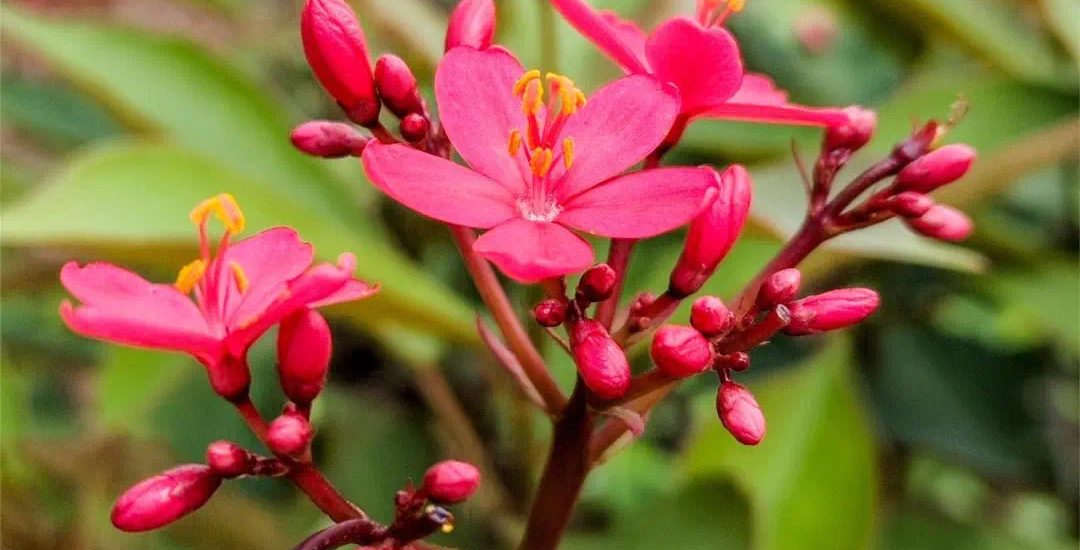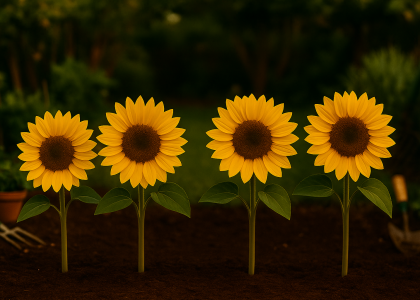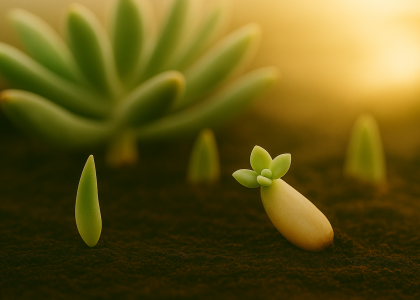When it comes to houseplants and garden shrubs that captivate onlookers, the Coral Plant, or Jatropha integerrima, takes center stage. With its star-shaped, bright red flowers that bloom nearly year-round, this plant effortlessly adds a splash of tropical charm to both indoor and outdoor spaces. But there’s more to this fiery beauty than meets the eye—alongside its stunning display comes the need for mindful handling.
What Makes the Coral Plant Special?
The Coral Plant is an evergreen shrub that never fails to command attention. Its striking red flowers and glossy foliage make it an excellent choice for container displays, garden beds, or patio accents. Indoors, it becomes a natural focal point near a sunny window, while outdoors, its vibrant blooms provide a bold contrast against neutral landscapes. With its compact size and ease of pruning, this plant promises long-lasting visual appeal and versatility for both novice and experienced gardeners.
Morphological Characteristics
Its leaves are obovate-lanceolate, smooth, and dark green on the upper surface, while the underside is tinged with purple-green. The petioles bear fine hairs, and the foliage clusters at branch tips, giving the plant a dense, lush appearance. The Coral Plant features a cymose inflorescence with five-petaled red flowers. It’s monoecious, producing male and female flowers on separate inflorescences. Its round capsules ripen to dark brown, and the plant maintains a blooming season that stretches from spring to fall.
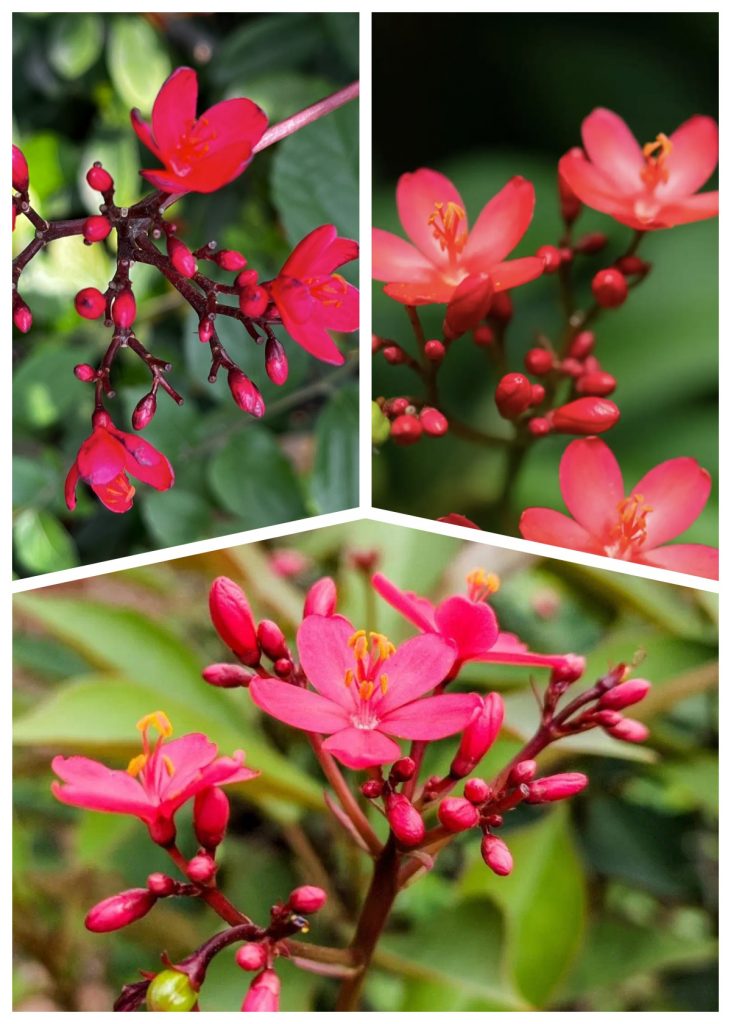
Native Habitat and Growth Environment
Originally from the West Indies, the Coral Plant thrives in warm, humid conditions with abundant sunlight. It grows best in well-draining, acidic sandy soil enriched with organic matter. While it tolerates partial shade, it’s most vibrant in bright, indirect light. Cold and dry environments are unsuitable, so maintaining warmth and moisture is key for healthy growth.
How to Care for Coral Plant
Jatropha integerrima thrives in warm, sunny conditions, making it an excellent candidate for well-lit interiors or sunny patios. It tolerates some shade but shines best in bright indirect light. While the plant is drought-resistant, moderate watering will keep it thriving—allowing the soil to dry out slightly between waterings helps prevent root rot. A well-draining soil mix, enriched with organic matter, creates the perfect foundation for growth. During active growth periods, a balanced liquid fertilizer once a month is sufficient to encourage vibrant blooms.
Propagation Methods and Key Techniques
Common propagation techniques include seed propagation and softwood cuttings. For cuttings, select semi-hardwood stems with terminal buds, treat them with rooting hormone, and place them in a sand bed under full light with misting. Roots typically form within 25 days. Once rooted, these cuttings can be potted in loose, well-aerated soil, and later transplanted into the ground for further growth.
Creative Uses in Garden Design
The Coral Plant’s compact size and vibrant color lend themselves to a range of creative applications. Try planting it as a low border hedge to frame walkways, or use it as a dramatic container plant for porches or decks. Pair it with plants that feature cooler tones—such as silvery foliage or pale lavender blooms—to create an eye-catching contrast. You can even place it in a dedicated “conversation corner” of your garden, where its beauty becomes a natural icebreaker at outdoor gatherings.
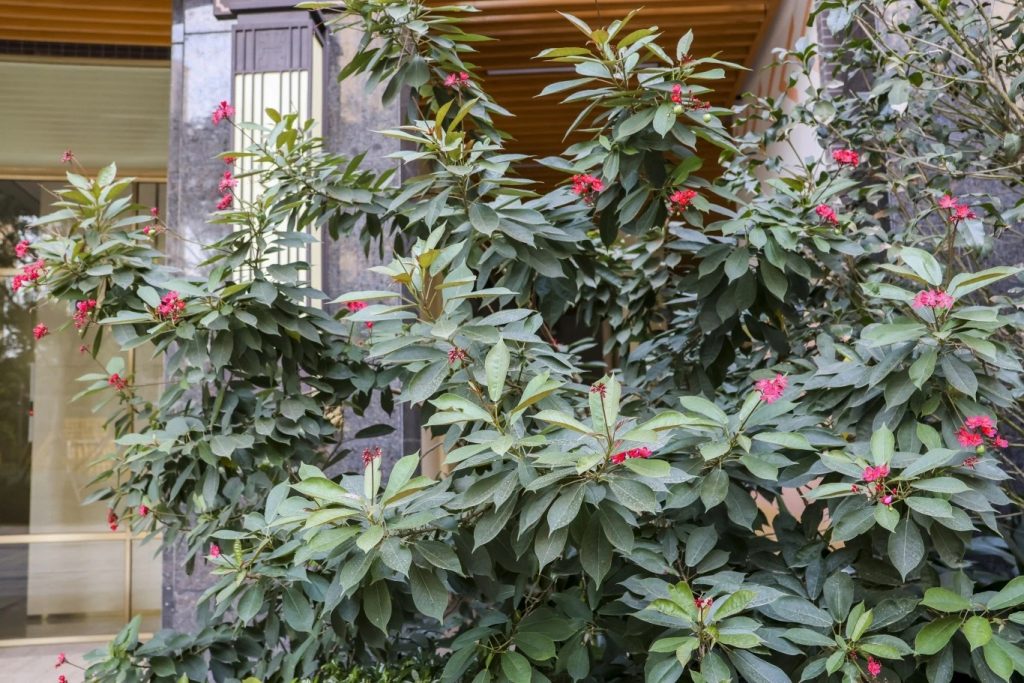
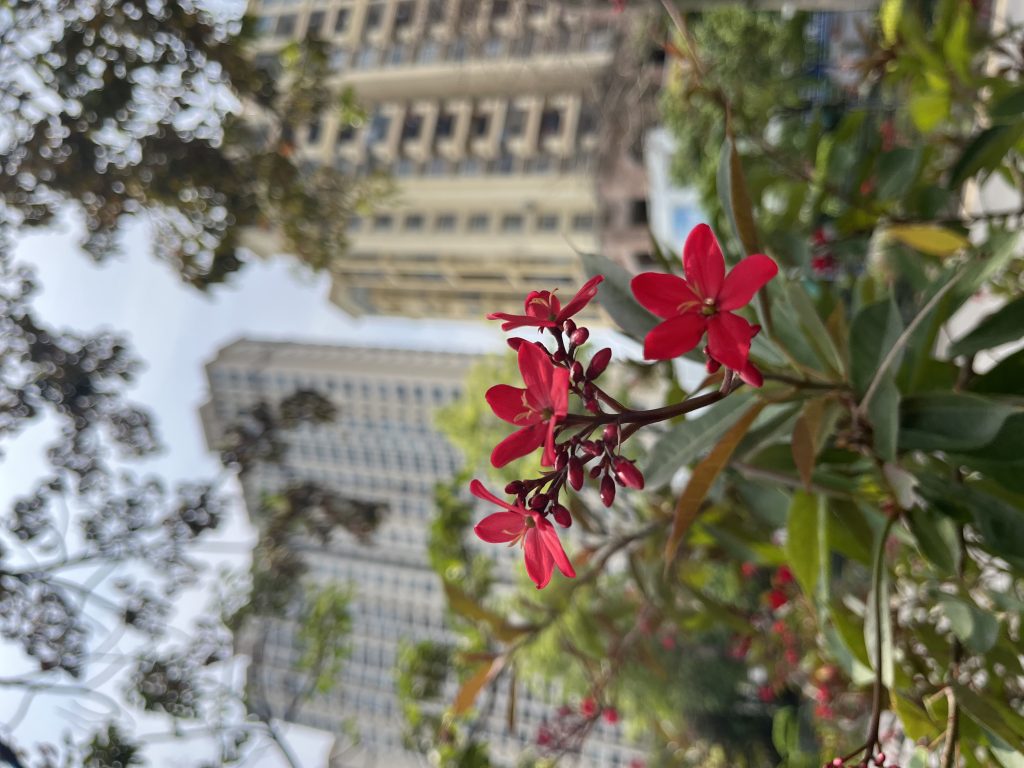
Pest and Disease Management
Although robust, the Coral Plant is susceptible to anthracnose, which appears as brown or dark red spots on leaves. Proper spacing, good ventilation, and timely application of fungicides can prevent further damage. Mealybugs are another potential pest, often found on leaf undersides and new shoots. Natural predators or horticultural oils are effective control measures. Maintaining plant health through balanced care reduces the likelihood of infestations.
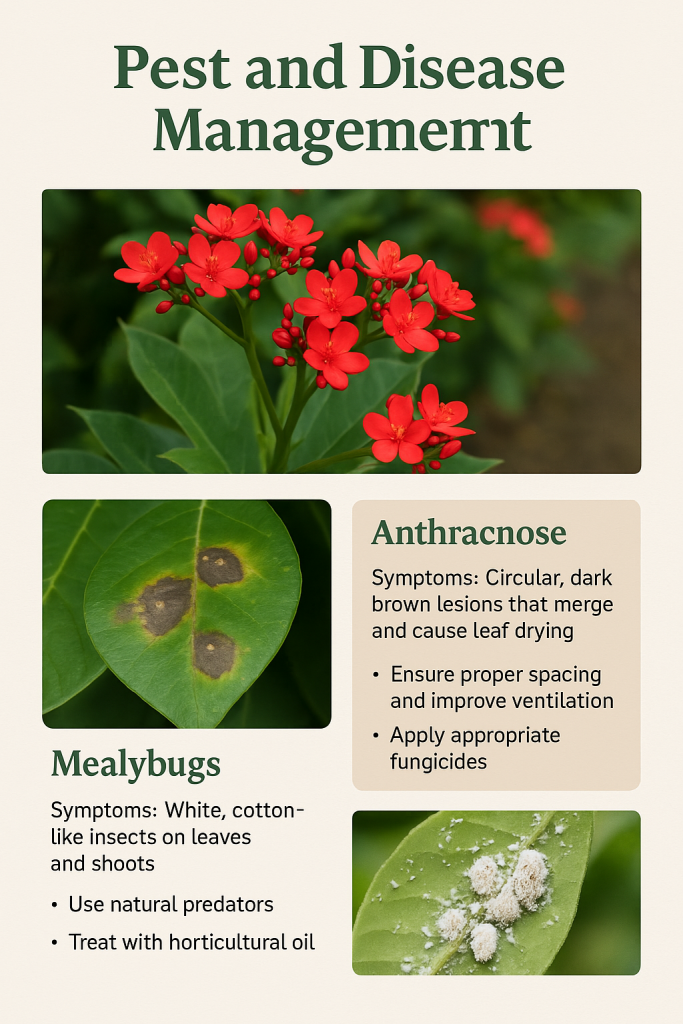
A Word of Caution: Handling with Care
While it’s easy to fall in love with the Coral Plant’s striking appearance, it’s equally important to recognize its toxic properties. The plant’s sap contains compounds that can irritate skin and mucous membranes, so always wear gloves when pruning or transplanting. Keep it out of reach of children and pets, placing it in elevated containers or protected corners. By taking simple precautions, you can safely enjoy the Coral Plant’s beauty without concern.
Ornamental Value and Appeal
With its violin-shaped leaves, year-round red flowers, and high adaptability, the Coral Plant is a top choice for gardeners and landscape designers. Its ability to thrive in various settings—from public parks to private patios—makes it an essential addition for those seeking to bring tropical elegance and dynamic color into their outdoor and indoor spaces.
Whether you’re designing a tropical paradise or simply craving a pop of effortless color, Coral Plant (Jatropha integerrima) deserves a place in your garden. Its vivid blooms, low-maintenance nature, and pollinator-friendly charm make it a must-have for both beginners and seasoned gardeners alike.

